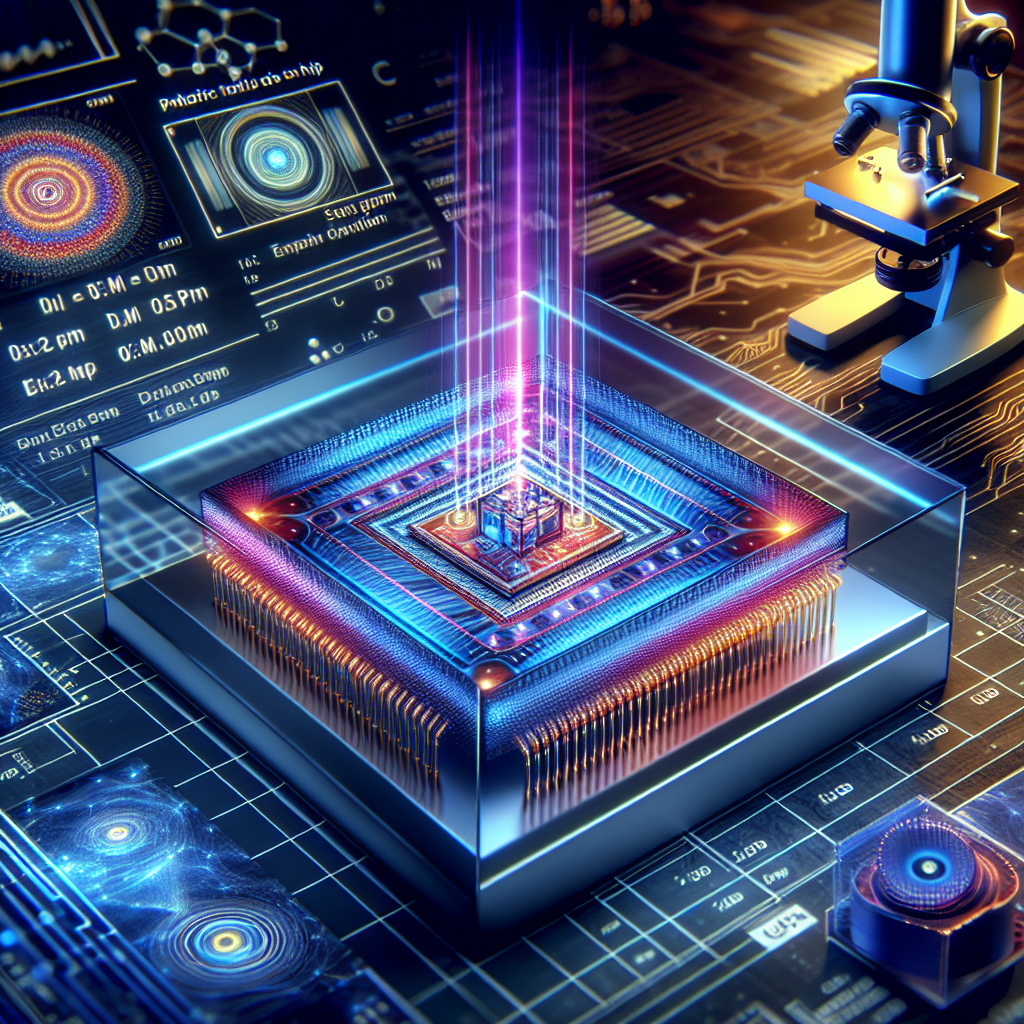Lighting the Future: Photonic Chips in the Age of AI
Photonic chips, which use light rather than electricity, offer potential for higher performance in computing, especially for artificial intelligence. Recent breakthroughs address significant integration and scalability challenges. Two new studies show advancements in creating scalable photonic processors that can compete with and complement traditional electronic chips.

- Country:
- United Kingdom
In the current age of artificial intelligence, the long-standing push for more efficient computing power is shifting towards a new frontier: photonic chips. With the ever-increasing demands of AI, traditional electronic microchips face limits in cost, complexity, and performance.
Utilizing light instead of electricity, photonic chips could offer unprecedented computing speeds and efficiency, overcoming obstacles like electrical resistance and heat loss. Yet, integrating these chips into existing technology has proven difficult, with issues like conversion speed and scale posing hurdles.
Notably, recent papers in Nature present promising innovations in the field. Researchers like Bo Peng and Nicholas Harris have demonstrated new types of photonic processors, solving complex tasks and achieving performance comparable to electronic processors in AI applications. While challenges remain, these developments suggest a viable path forward for photonic computing in supporting advanced AI systems.
(With inputs from agencies.)
ALSO READ
Revolutionizing Haryana's Healthcare: Embracing Cutting-Edge Technology
AI Thane: Revolutionizing Real Estate with Technology
Technology Stocks Surge Amid Tariff Uncertainty
AI fear rooted in western myths, not just technology
Revolutionizing Sugarcane Processing: Boiler-less Technology Takes Off in Assam










